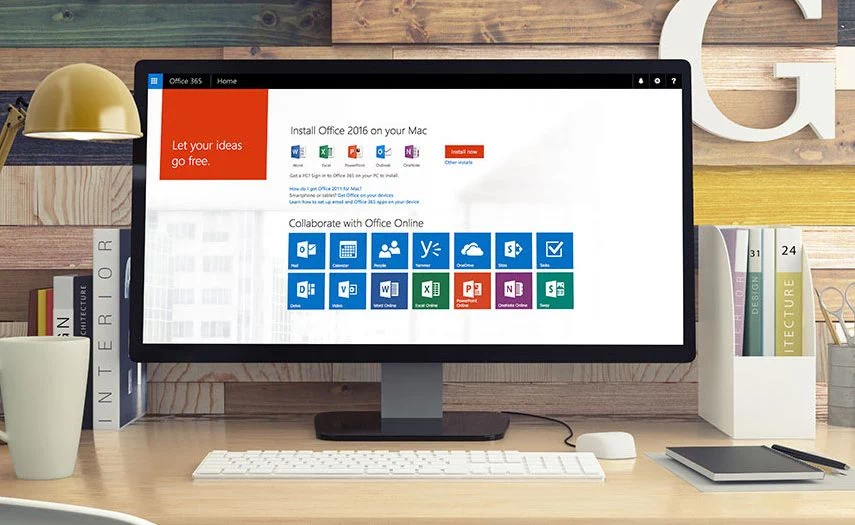We talk to small to medium business owners everyday. Unfortunately, we find that many businesses are still using out of date or older versions of the software they use daily. In this article, let us discuss about “patches” and how ignoring them could potentially put your business’ security at risk.
What’s a Patch?
A patch is a small fix to an existing piece of software, usually used to fix bugs or security vulnerabilities. To non-techies, “Patching” just means mending holes in jeans. But like a “patch” of fabric used to cover up an imperfection in a pair of pants, a computer software patch can be applied to a program or operating system to repair an exposed flaw.
Patches may do any of the following:
- Fix a software bug
- Install new drivers
- Address new security vulnerabilities
- Address software stability issues
- Upgrade the software
Patch in Cloud computing
Cloud computing is the delivery of computing services—including servers, storage, databases, networking, software, analytics, and intelligence—over the Internet (“the cloud”) to offer faster innovation, flexible resources, and economies of scale. You typically pay only for cloud services you use, helping you lower your operating costs, run your infrastructure more efficiently, and scale as your business needs change. Learn more about it here.
Patching is an essential consideration when it comes to cloud computing. The cloud relies on remote servers to store, manage and process data, rather than using in-house IT infrastructure at your premises. Cloud patch management puts the patching process in the hands of software, instead of individual IT admins, after the initial setup. For instance, your home laptop, if it’s running Microsoft Windows, is probably running Windows Update and automatically checking for updates including feature releases.
How important is patching computers in your business
How many of us have received an update notification and clicked the “remind me later” button? We’re busy at work and think “I’ll do it later,” or “it’s probably not important.” It happens to the best of us; however, this seemingly innocent event can have serious consequences. Software updates are important to your digital safety and cyber security. The sooner you update, the sooner you’ll feel confident your device is more secure — until the next update reminder.
Companies can either patch their IT infrastructure manually or use an automated system. Manually carrying out patches is a time-consuming process and requires IT staff members to install updates one at a time. The process must also avoid interrupting other tasks being carried out on computers within the network environment (such as email services).
Automated patch management systems can be used instead of manual processes when updating software across all devices within an organization, especially if there are many different types of hardware or operating systems in use.
Maintaining a good and comprehensive approach to patching is important. Here are some of the best practices in patching your software
- Apply patches as soon as possible
- Know when to upgrade
- Prioritize high-impact patches that you should install urgently
- Be proactive in the patching process
- Schedule patch deployments to occur outside of regular business hours
- Always document the changes and communicate the newly implemented changes to staff as well as stakeholders.
- Test patches to ensure you’ve applied them properly
Benefits of outsourcing patches to external IT support professionals
Most small and medium businesses do not have a formal patch management processes, leaving their devices a vulnerable target for exploits. With more and more cyber-attacks happening, it is of utmost importance to update your system applications accordingly.
Outsourcing patch management gives you insight into your IT infrastructure without using up your resources. It frees up your memory, computing ability, and storage for more important projects. It frees your IT staff to develop products or improve operational efficiency, instead of getting bogged down in mundane tasks. Keeping track of the latest threats and knowing which patch best addresses a threat are both full-time jobs that are not within the scope of your core business needs.
You need a tech team that is hands-on with patch management. Fortunately, outsourced IT Support providers like Insight IT, can help businesses with their computer maintenance needs. We understand the importance of patch management in easing your security concerns and increasing your business’s productivity, and our expert team will help you ensure your infrastructure is up-to-date and safe from pressing security concerns.





